-
![LANG-CODE-KEY]() LANG_NAME_KEY
LANG_NAME_KEY
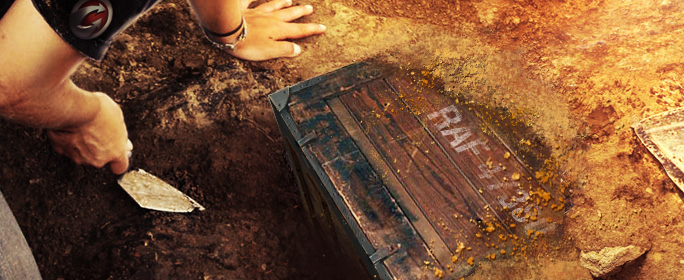
June 7th: we drove directly from the Embassy to Naypyidaw, which lies about 220 miles North of Yangon, at the end of a stretch of highway which the Asia Sentinel dubbed “The Highway of Death” from the number of fatal crashes that have occurred upon it since its opening in 2009. It is advisable not to go faster than 60 mph, not so much because it is illegal, but because your car might flip over from the uneven surface and poorly banked turns. The road is made of concrete slabs rather than asphalt which makes for a bone-jarring ride and a lot of wear on the tyres. Pray that you don’t break down, as there is nothing between Yangon and Naypyidaw except for rice paddies and small villages of thatched huts. There’s only one place to stop: the Mile 115 café (which serves up some excellent Burmese cuisine!). We would make four roundtrips on this road over five weeks, for a total of 1,800 miles of bone-jarring driving.
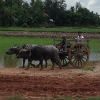 |
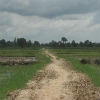 |
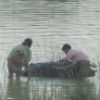 |
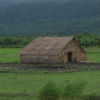 |
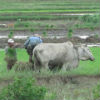 |
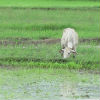 |
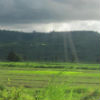 |
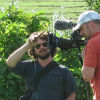 |
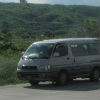 |
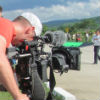 |
 |
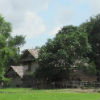 |
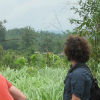 |
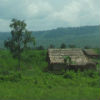 |
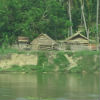 |
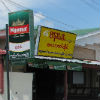 |
Naypyidaw is a surreal place. Construction began in total secrecy in 2005 and is still underway. The military junta then in power decided to relocate the capital from Yangon to an empty plain two hundred miles to the north, in the centre of the country – far from the populace and the associated disorder and problems of control they represented. The centrally planned city boasts new buildings, broad highways with well-maintained landscaping, and an immaculate 18 hole golf course. A small army of street sweepers and gardeners keep the streets swept and the bushes pruned. According to Wikipedia, the city has a population of 925,000 and is one of the fastest growing cities in Asia. Driving around the twelve lane high-way that rings the city, it’s hard to see where everyone lives or where they work. Aside from a few hotels for visitors, and a handful of restaurants and shops that have sprung up to serve government officials and their families, no one seems to be home. One can – as I did – stroll out into the middle of the twelve lane highway in the middle of the day, without fear of being run over. The only vehicle I saw for the next half-hour was a bicycle peddled by an old man in a bamboo hat. But Naypyidaw is still a young city, and may very well develop into a thriving metropolis in the years ahead.

On Friday afternoon, we put on our suits and met with a government official and his translator. David made a presentation, outlining the evidence for the buried planes, his proposal to excavate them, and his wish to repatriate and restore them to flying condition. The official listened attentively and asked some thoughtful questions. In the evening, David, I and the film crew had dinner at the oddly appropriate Café Flight, which has an old Myanmar Airlines plane parked out front. Apparently the restaurant owner purchased it a few years back, after it was involved in a minor crash. It has been repurposed as a rather cool lounge, with couches and coffee tables instead of airline seats. The next morning we drove back to Yangon in high spirits. The bumps in the road on the way back didn’t faze us.
